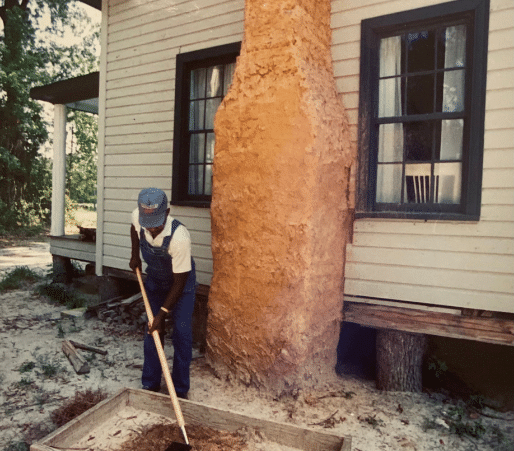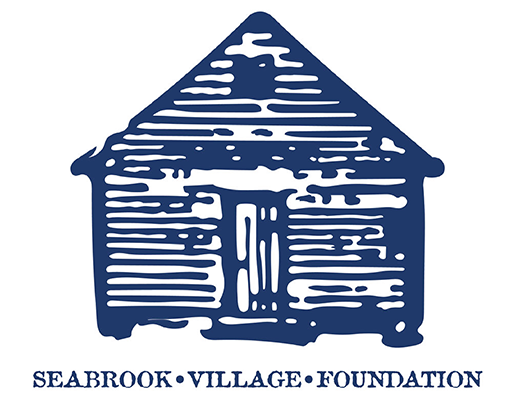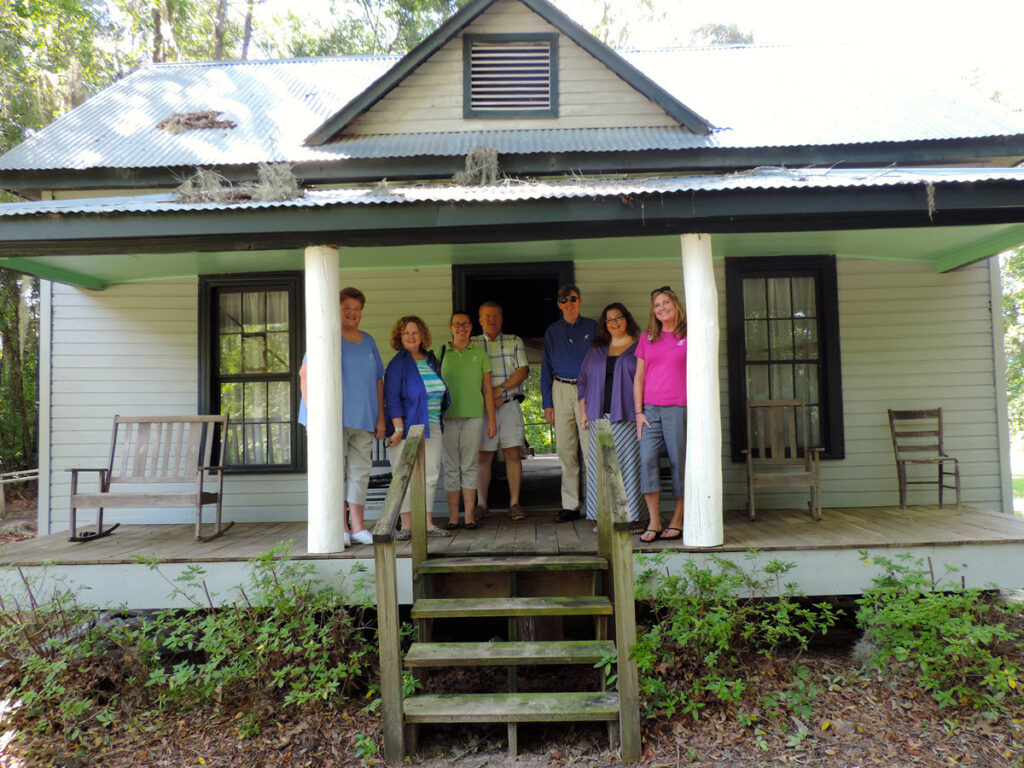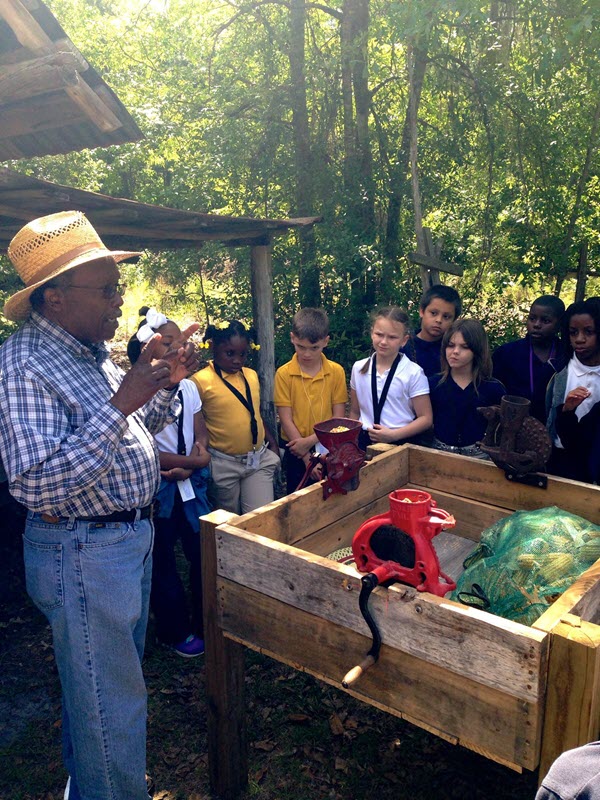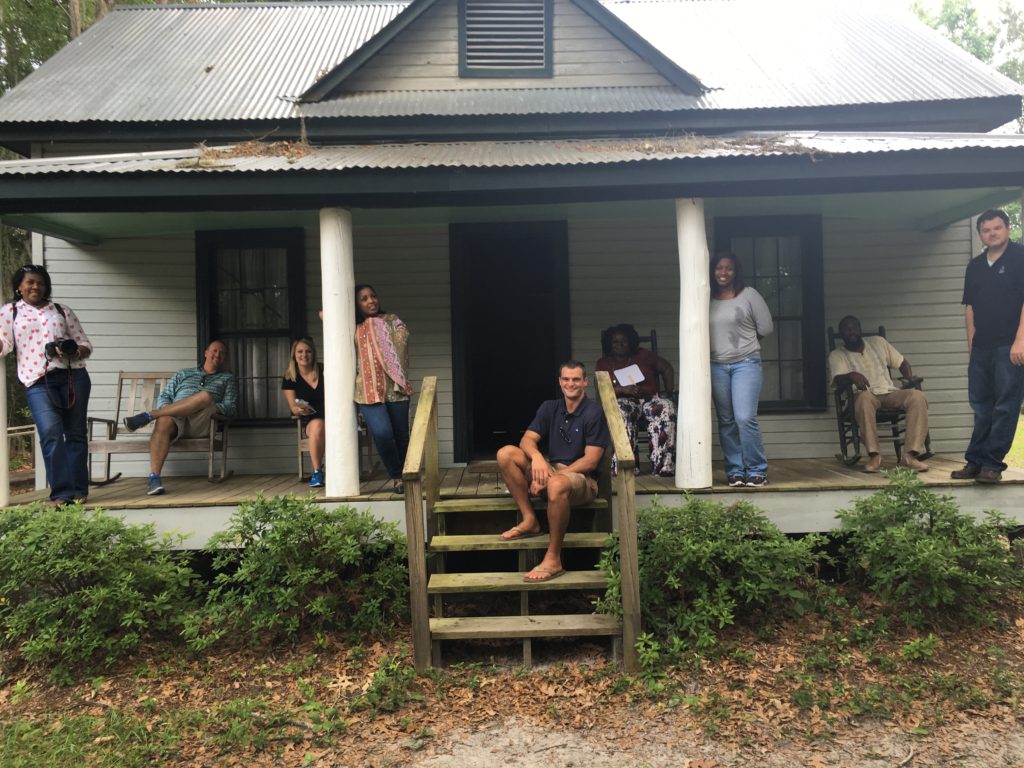Award-winning Seabrook Village is a unique, African-American cultural museum on the Georgia Coast depicting life & culture from 1865-1930.
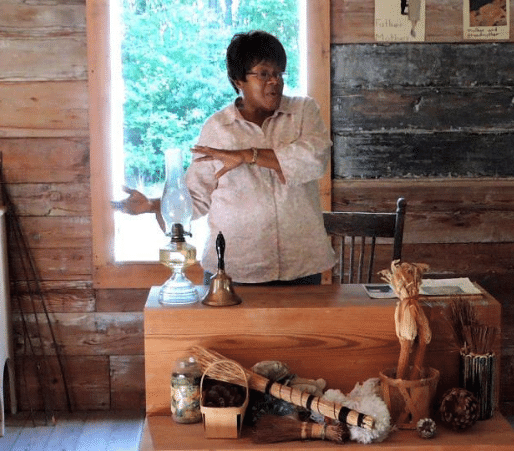
Just 30 minutes south of Savannah, Georgia, Seabrook Village brings the world of landowning African-American freedmen to life. From the oral stories of ancestors and community members, history comes to life as we share the unique experiences of this community. Almost all artifacts, land, and structures have been donated by collectors or by the community.
“MAKIN’ DO”
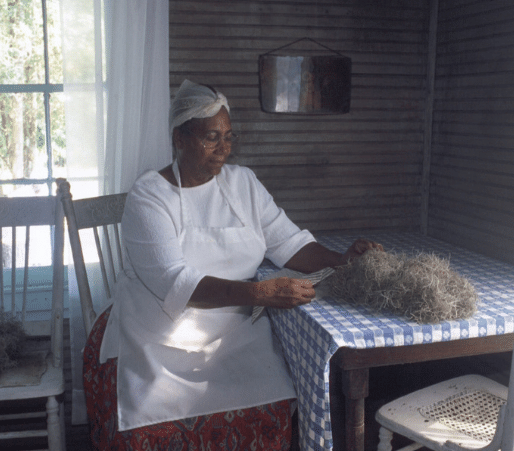
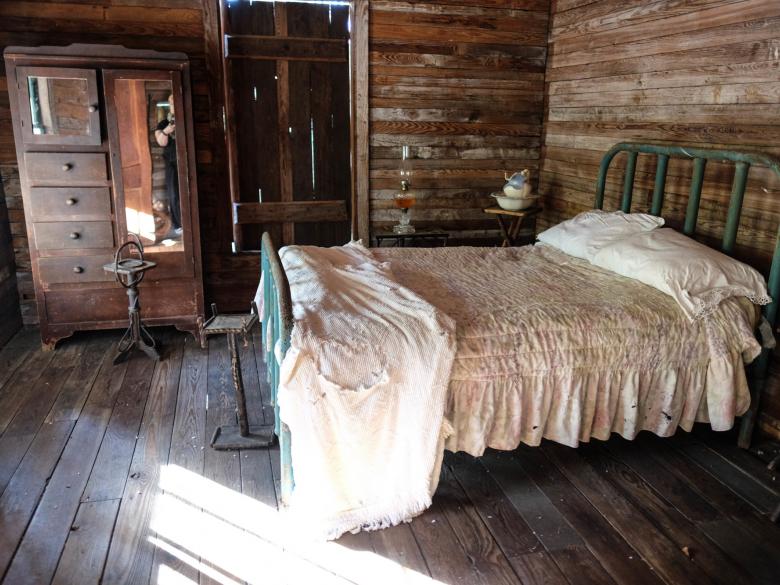
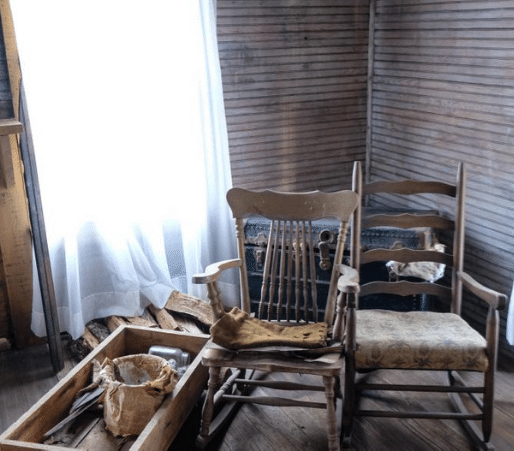
As a rural farming community, Seabrook’s residents did everything themselves. A dominant theme at Seabrook, is “Makin’ Do.” With money scarce, the people of the Seabrook Community had to make nearly everything, even the basics, for themselves. The great imagination and artistic skills of the people of Seabrook is now on exhibit throughout the museum. Their ingenuity created unique items such as a peanut roaster made from an old Singer sewing machine or to decorations their homes such as grapevine furniture. Local families have donated most of Seabrook’s artifacts, buildings and land to Seabrook Village. These treasures are complemented by the Willis Hakim Jones African-American Material Culture Collection of extraordinary “Makin’ Do” folk art, the George Ginter Antique Tool Collection, and items from the world-renowned Cyrus Bowens Grave Art permanently gifted to Seabrook by the Georgia Department of Natural Resources.
Seabrook Village is totally authentic. The interpretation comes from community families whose roots go back over 150 years… from slavery, through the devastation left in the wake of Sherman’s “March to the Sea,” through the first days of freedom and land ownership, and finally, to establishing success. It is a true story of courage, dignity, hope, tenacity, self-determination, and pride, told by those who lived it.
If Walls Could Talk.
At Seabrook Village…They Do!
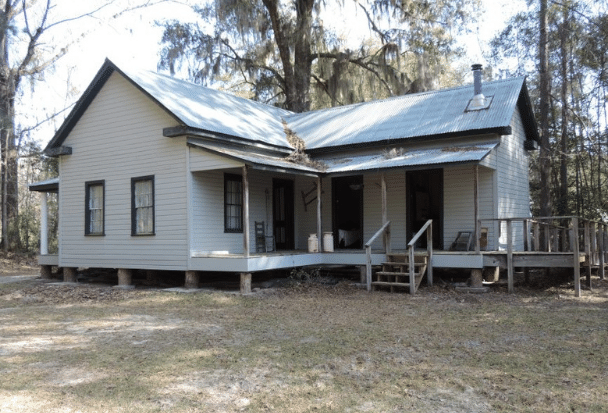
Walls Define
They explain the hard times…the days of makin’ do and the ingenuity it took to make life better. Throughout the village there are interesting examples…a photograph carefully framed in wooden matchsticks…a peanut roaster made from old sewing machine and bicycle parts…a porpoise skull painted silver which decorated a grave…all attest to the imagination, caring, belief, and indomitably of the human spirit. Seabrook Village is all about such things.
Walls Remember
Seabrook’s weathered buildings are touchstones of memory. Their aging walls hold on tightly to the memories of others who are gone and visitors share those experiences at the one-room school, the depot, in homes on farms and during special events such as cane grinding, syrup making, rice planting, Old Timey Days and Country Christmas. Repeat visits to Seabrook are always fresh as each year more memories emerge within the walls of newly restored buildings on the village’s main 15-acre site set amid thousands of acres of conserved forests, fields, and marshland.
Seabrook Village Foundation now manages the nearby 12-acre Martha Randolph Stevens Park. Also known as “The Landing,” the park provided African Americans access to the tidal marshes critical to the story of Seabrook’s unique coastal culture. In more recent years, it has been vandalized by those who did not want the Seabrook community to have access to the coast. Efforts are currently being made to restore the site for public use.
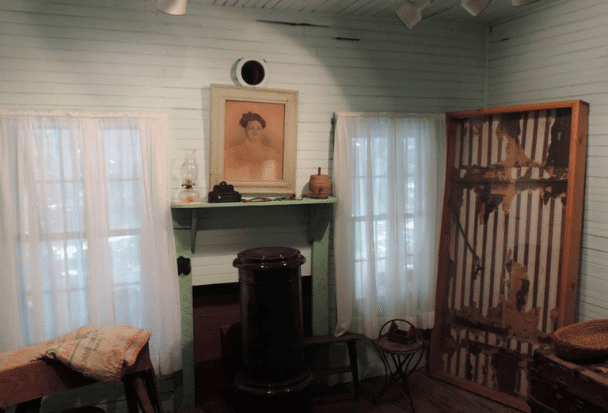
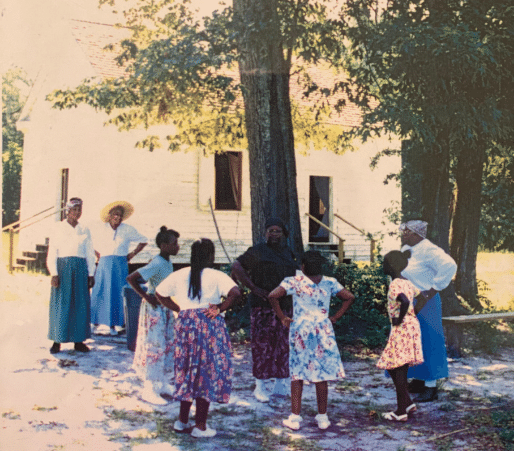
Walls Teach
Seeing is believing and doing is knowing. Students and visitors of all ages agree that Seabrook’s unusual site, its interactive programs and its lively discussions make learning inspirational and fun. Seabrook’s unique, award-winning educational programs are level-specific for grades K-12 and for post-graduate students. Other programs cover history, folklore, restoration, architecture, crafts and found art.
Walls Speak Truth
Seabrook Village is totally authentic. The interpretation comes from community families whose roots go back over 150 years… from slavery, through the devastation left in the wake of Sherman’s “March to the Sea,” through the first days of freedom and land ownership, and finally, to establishing success. It is a true story of courage, dignity, hope, tenacity, self-determination, and pride, told by those who lived it.
